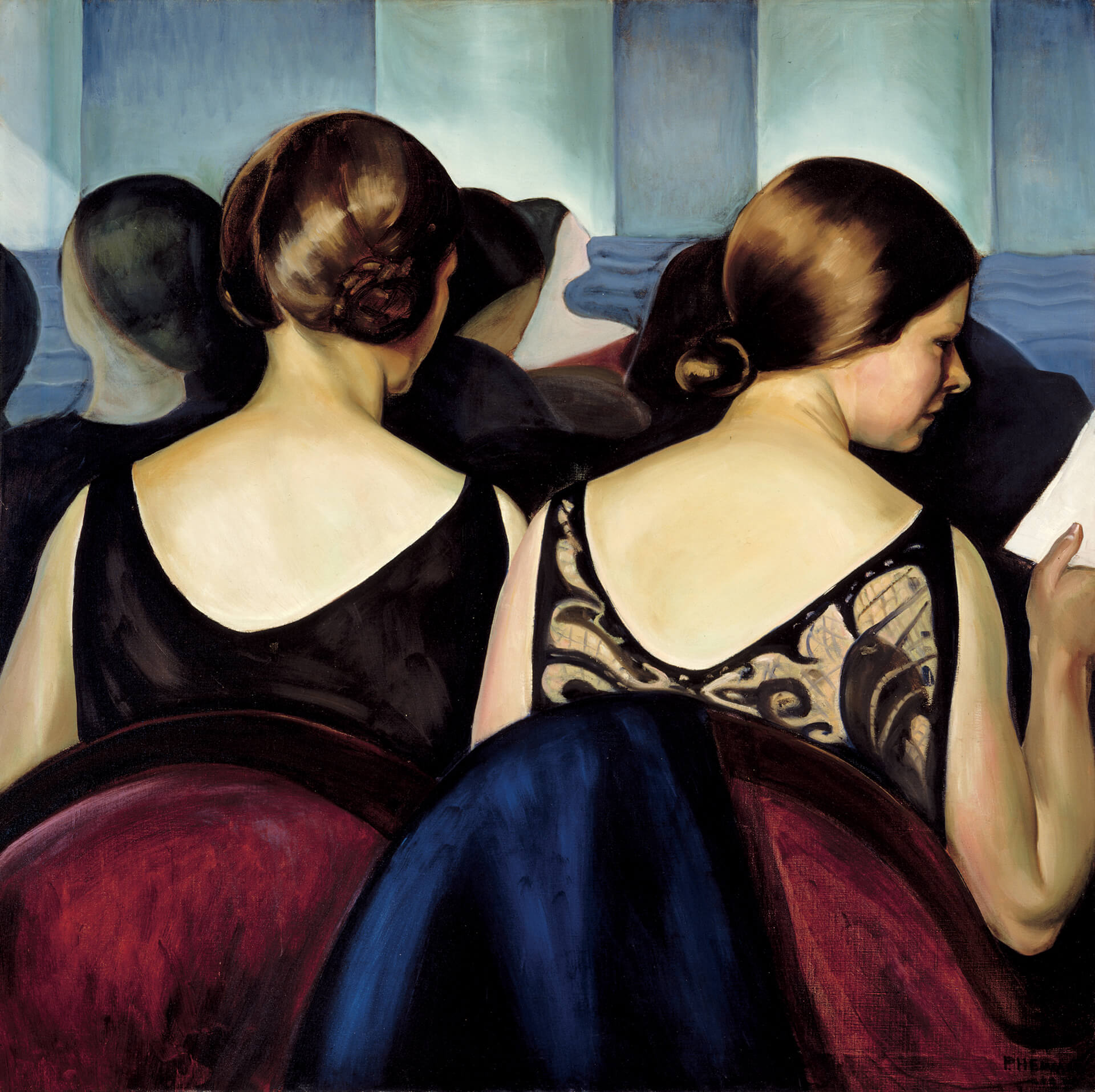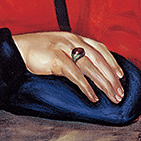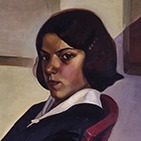At the Theatre 1928

Prudence Heward, At the Theatre, 1928
Oil on canvas, 101.6 x 101.6 cm
Montreal Museum of Fine Arts

In At the Theatre Heward depicts women in a public place unaccompanied by men, reflecting the growing independence of women in the 1920s. Here we see two young female subjects seated together, waiting for a performance to begin. The theatre has been discussed as a space in which men and women go to see and be seen; historian Tony Bennett has described this dynamic as the “exhibitionary complex.” Heward’s depiction of two young women in a public space recalls In the Loge, 1879, an earlier painting by American artist Mary Cassatt (1844–1926). Heward likely would have been familiar with Cassatt’s work because of her knowledge of late nineteenth-century painting. In Cassatt’s painting, a woman dressed in black gazes through binoculars. Art historians have discussed Cassatt’s work in terms of active female subjectivity and spectatorship, yet such readings are complicated by the male figure in the background, who appears to examine the woman with his own pair of binoculars. Similarly, in Heward’s At the Theatre, the female subjects are actively looking, but they are also objects of the viewer’s gaze with the exposure of their bare necks, backs, and arms.
In a 1930 Regina Leader article on Heward, At the Theatre is described as a work showing the artist’s “decided advance over her prize-winning canvas of last year,” referring to Heward’s Girl on a Hill, 1928. According to art historian Barbara Meadowcroft, the models for At the Theatre were Marion and Elizabeth Robertson, the sisters of Beaver Hall Group artist Sarah Robertson (1891–1948). Although Heward was not officially a member of the Beaver Hall Group, she was friends with several of the members, and she sometimes exhibited with them.
The subject of female independence in public space is one that Heward again visits in At the Café, c. 1929.

 About the Author
About the Author
 More Online Art Books
More Online Art Books
 Acknowledgements
Acknowledgements